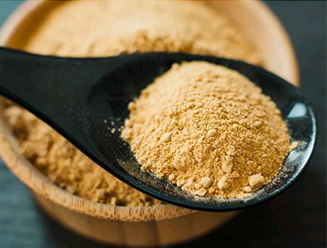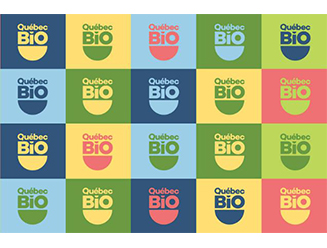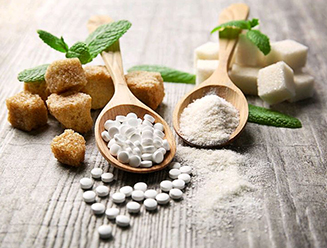Also called Peruvian ginseng, maca grows in the high plateaus of the Andes. First used for its nutritional value, it is also renowned in traditional Peruvian medicine for having many virtues: relieving sexual and reproductive disorders, anemia, joint pain and depression. But research is struggling to formally demonstrate a role for maca in controlling fertility, sexual vigor, or in the treatment of menopause and anxiety. In any case, it is advisable to consult your doctor before undertaking a cure of maca.
History of maca
Maca is one of the very few vegetable crops able to survive in the extreme climatic conditions that prevail in the high plateaus of the Andes. Archaeological excavations have brought to light remains of objects showing that maca was cultivated in the Andes around 1600 BC, that is to say long before the Incas.
Maca was first cultivated for its nutritional value. The tuber was eaten fresh, like the sweet potato, but it was also dried in order to preserve it. Dried and reduced to powder, it could be kept for years. Maca powder was consumed in the form of oatmeal, cakes or sweet creams, or exchanged for foodstuffs from other regions, such as corn, which cannot be grown at this altitude. Even today, Peruvians in the highlands consume an average of 500g of maca per day.
According to traditional Peruvian medicine, the medicinal virtues of dried maca can be useful for treating or relieving a host of ailments: sexual and reproductive disorders, weakening of the immune system, anemia, tuberculosis, menstrual disorders, symptoms of menopause, constipation, joint pain, depression, etc.
When the first Spanish breeders settled in Peru, the natives advised them to give maca tubers to animals that had difficulty in reproducing. The cultivation of the plant then experienced a remarkable boom and extended from Ecuador to northern Argentina.
During the 1960s and 1970s, the development of industrial agriculture and distribution networks led to the gradual abandonment of maca cultivation. During the 1980s, the Peruvian authorities launched incentive programs encouraging the revival of this traditional culture. The situation is now restored, thanks to the increased demand for this product in North America and Europe.
In 2002, a controversy arose over a patent filed by an American company on a maca extract. Peruvian producers have denounced this threat to their right to export this plant and this control over an ancestral product. Since 2005, the patent has belonged to a French company, which claims to have granted free operating licenses to Peruvian industries and to have increased the purchase price of maca by 15% from local producers. But the dispute with the Peruvian producers still does not seem to be settled.
Maca Research
Uncertain efficacy on sexual fertility and vigor. Laboratory studies have shown that high doses of maca stimulated the reproductive activity of male rats and increased their sperm production and their fertility. Some studies have also been conducted on humans, but the many methodological biases they contain make their results extremely questionable.
For example, researchers have reported an increase in sexual desire in healthy men who took 1.5g or 3g of maca daily for 12 weeks. However, the evaluation of sexual desire has not been made according to reliable criteria.
In a second study, these same researchers measured an increase in sperm quantity and sperm motility, attributed to maca. However, the trial was carried out without a placebo and with only 9 people.
Finally, during a preliminary trial conducted in the United States, taking g of maca per day, for 4 weeks, increased the libido of people who were taking antidepressants. In this case, the absence of a placebo, the small number of participants and the fact that they were taking different antidepressants limit the scope of the results.
It is possible that maca is not a true aphrodisiac and that its effects on sexual activity result rather from its tonic action on the whole organism. Some believe that the tuber, like ginseng, acts as a adaptogen20, hence the common name “Peruvian ginseng” that is sometimes given to it, although from a botanical point of view, there is no relationship between the two plants.
Original French article taken from (and loosely translated) : https://www.passeportsante.net/fr/Solutions/PlantesSupplements/Fiche.aspx?doc=maca_ps
Photo : https://www.healthline.com/nutrition/benefits-of-maca-root#_noHeaderPrefixedContent





